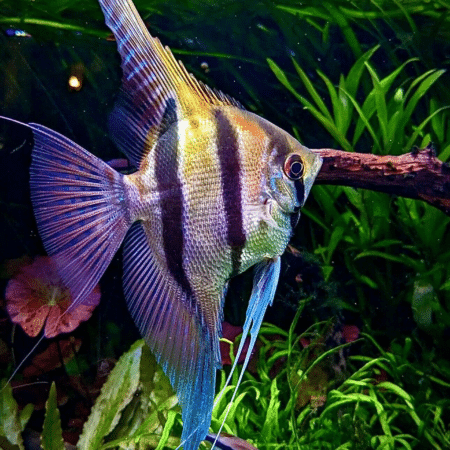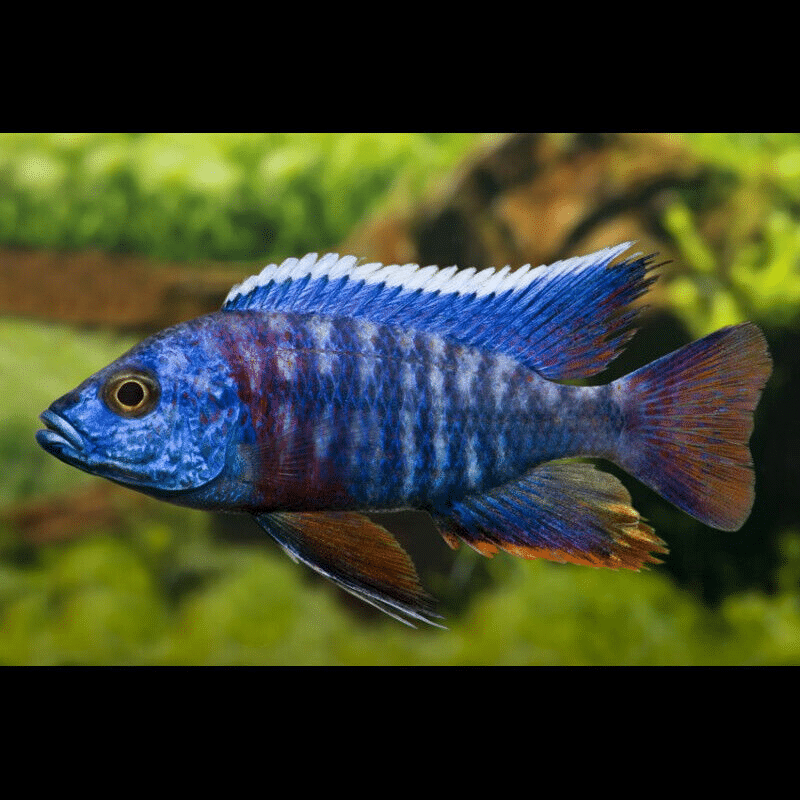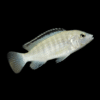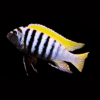-
×

-
×

-
×

-
×

-
×

Subtotal: £86.14













Jessica Thompson (verified owner) –
I recently added the Red Flash Peacock Cichlid to my aquarium, and I couldn’t be happier with my decision! After about two weeks of observing this vibrant fish, I can confidently say it brings a whole new level of beauty and activity to my tank. The bright red and blue colors are not only stunning but also seemingly derived from the happiest of fish. It swims gracefully and interacts well with my other Malawi cichlids, showcasing its friendly personality.
Compared to other cichlids I’ve kept, the Red Flash has a fascinating behavior; it often displays its colors during feeding time, which is such a joy to watch. I did notice it prefers slightly warmer waters, so I adjusted my aquarium temperature accordingly, and the difference in its activity level was remarkable. If you’re considering adding a tropical fish that thrives in a community setting, I wholeheartedly recommend this one! Just ensure your tank has plenty of hiding spots and room to swim, as they do appreciate that. Overall, this fish is not just a beautiful addition; it embodies the spirit of the Malawi cichlid family. I would definitely buy again!